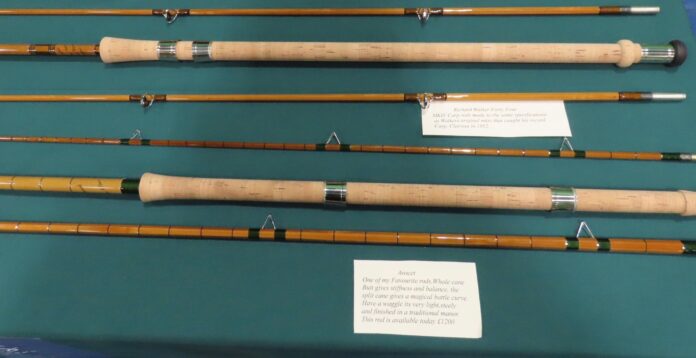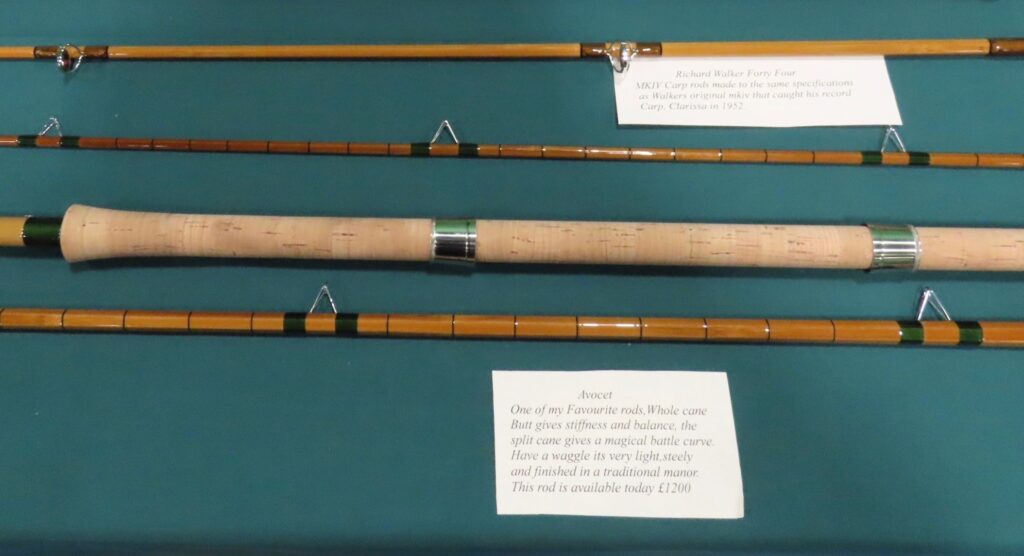I’ve already mentioned I came so very close to buying an Andrew Davis Avocet at the Redditch Tackle Show, and the more I look into the history of this rod, the more I wish it were mine.
Historically, the Avocet owes its origins to the Nottingham area and the Trent school of anglers, primarily famous for their barbel catches. I have always held that great anglers tend to emerge in clusters, rather like the Walker/Stone/Taylor/Ingham/Thomas/Carp Catchers Club men. It makes sense in so far as these anglers fed off each other and inspired each other over many years, and much the same took place in the Trent catchment too, only earlier still.
There, William Bailey (author of The Angler’s Instructor 1857) knew and fished with JW Martin, better known as ‘The Trent Otter’. In his turn, Martin influenced Henry Coxon, immortalised by his reel creation, the Aerial. Coxon then fished with FWK Wallis and helped him to become the barbel guru of the 1920s, and especially the 1930s. Wallis of course, was the most famous of the Hampshire Avon barbel catchers with endless double figure fish from the Royalty, as well as the long-term record at 14.06.
These exploits resulted in the (baffling) Wallis cast and the legendary rod, the Wallis Wizard, perhaps the first dedicated specimen rod. The Avocet was the Bruce James’ answer to the Allcocks Wizard, and their successful attempt to improve on the original. B James were already working on the Mark IV carp rod, and they wanted to develop their range of specialist rods for the newly emerging connoisseur coarse angler.
Accordingly, in the early 1950s, probably 1953, the Avocet appeared to general acclaim. The Wizard 19 inch handle was extended to 24 inches, and the taper was generally beefed up a little. This made the rod easier to handle and for the next decade its finesse and flexibility made it hugely desirable. Bob Southwell at B James was the acknowledged cane master, but some time in the Sixties the company came to doubt the quality of whole cane, which they had used for the butt sections. They started using built cane and the rod became heavier and, most agree, lost its crispness.
This Davis Avocet, which haunts me as I write, is based entirely on the original, with a few tweaks. The middle, built cane section is hollowed, and the tip has been given a compound taper. The result is a lighter, stiffer Avocet with a perfect battle curve.
Not that I’ll ever know and see it bent in action. Whoever does have the honour of using this rod, let us know how it fares. Please! Take it to the Royalty and catch a fifteen for all of us!












